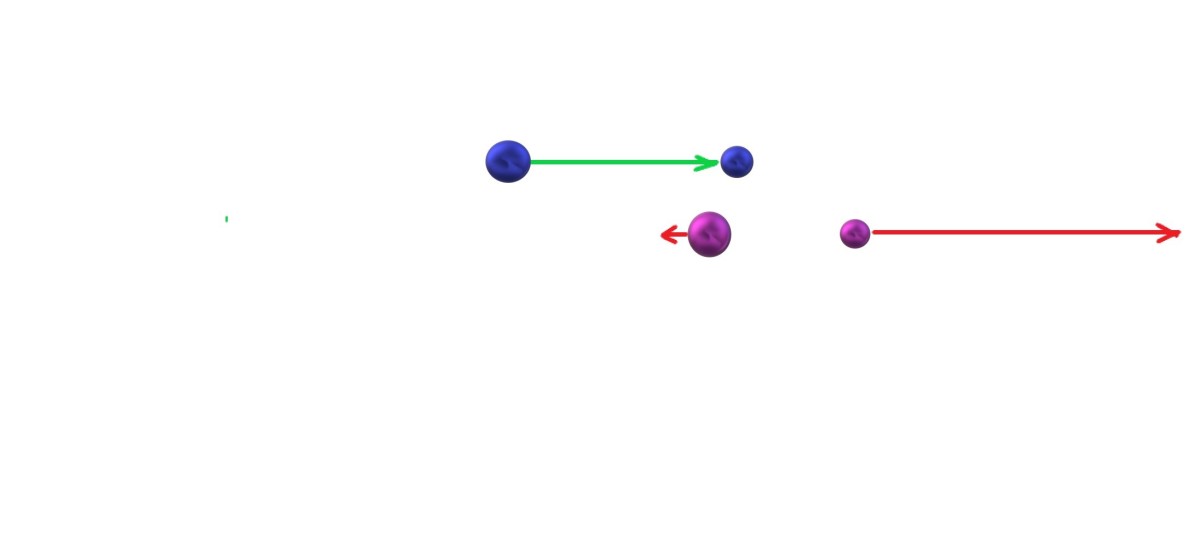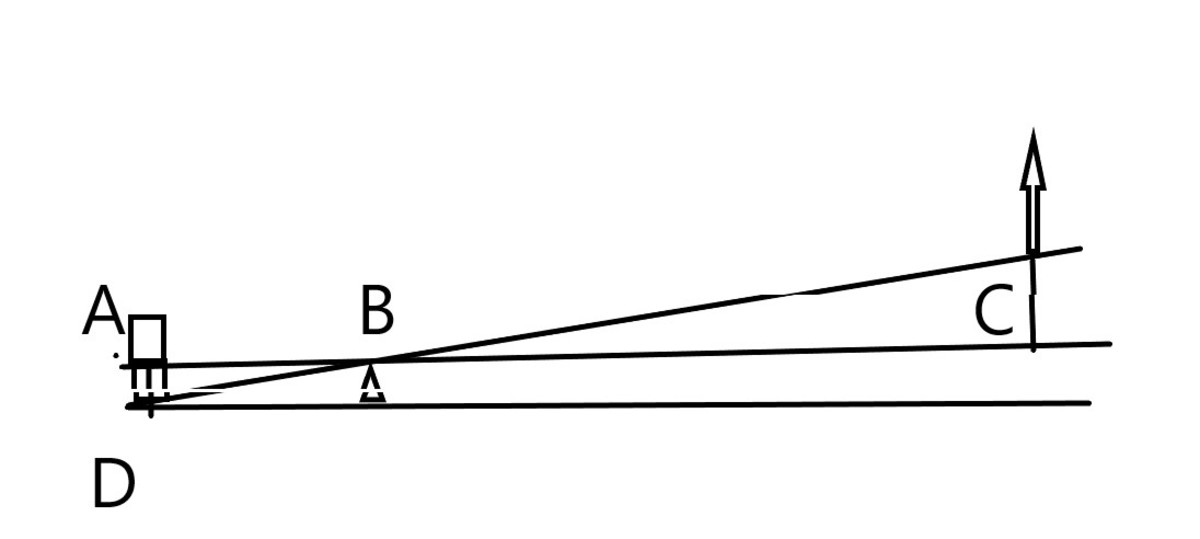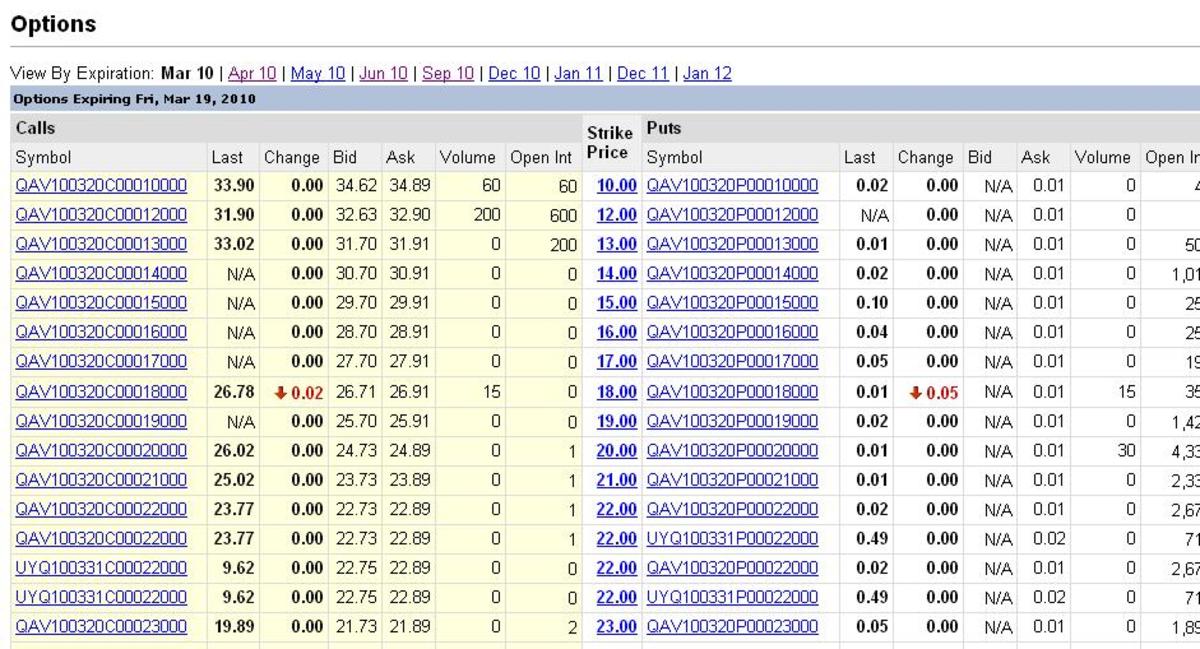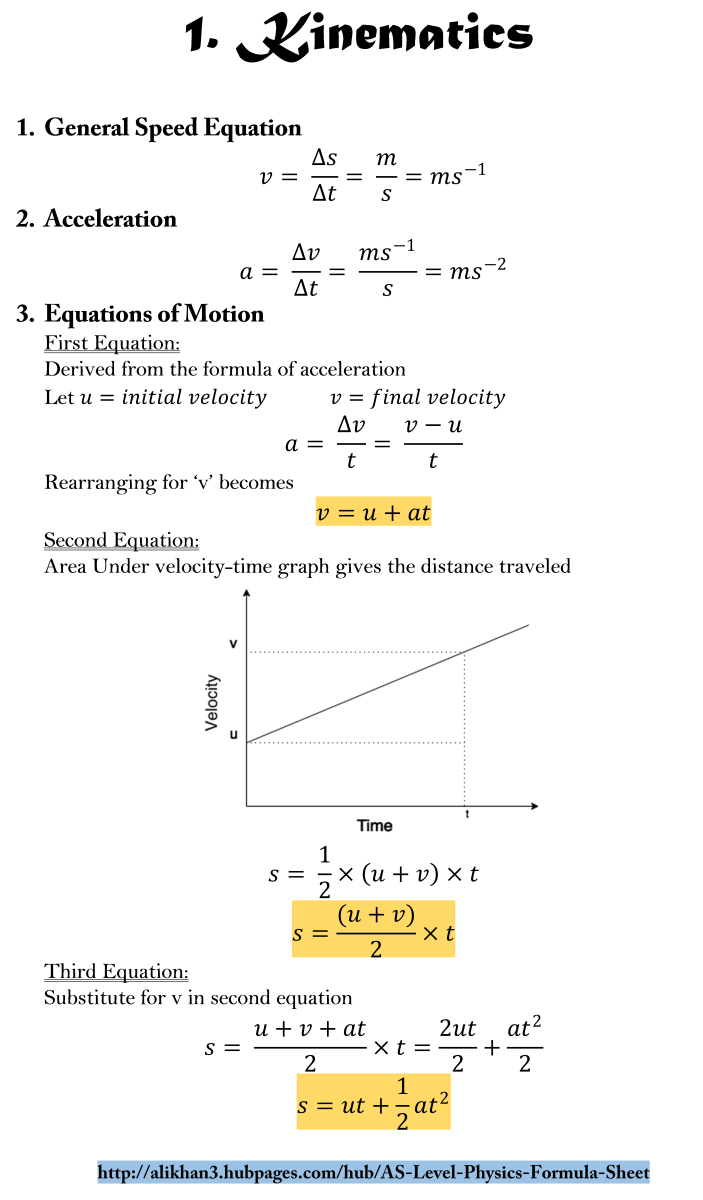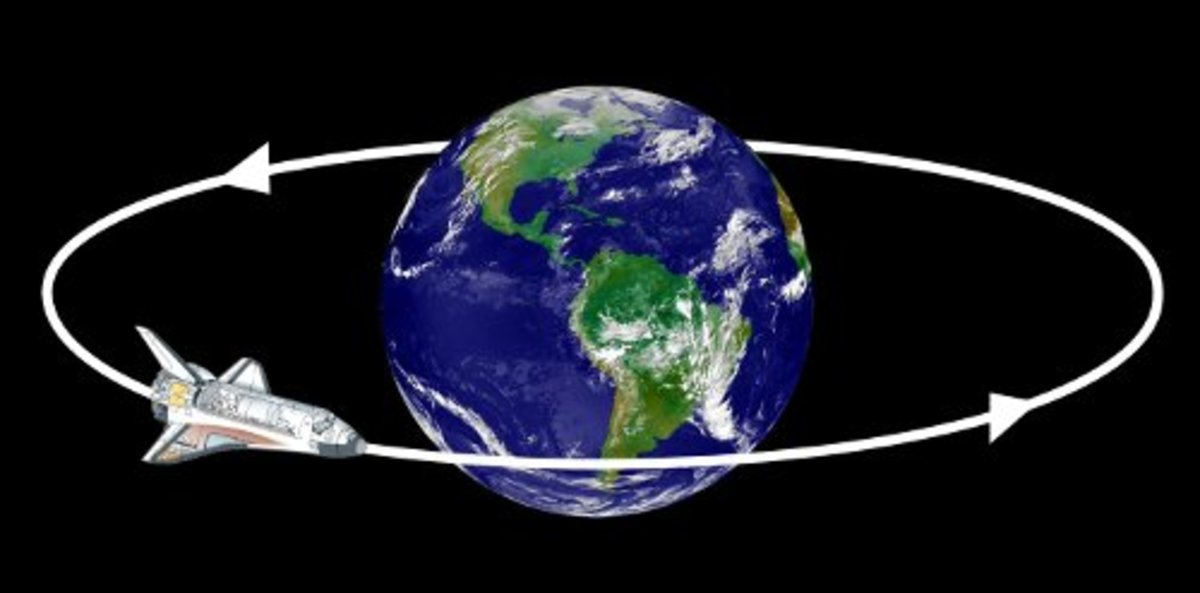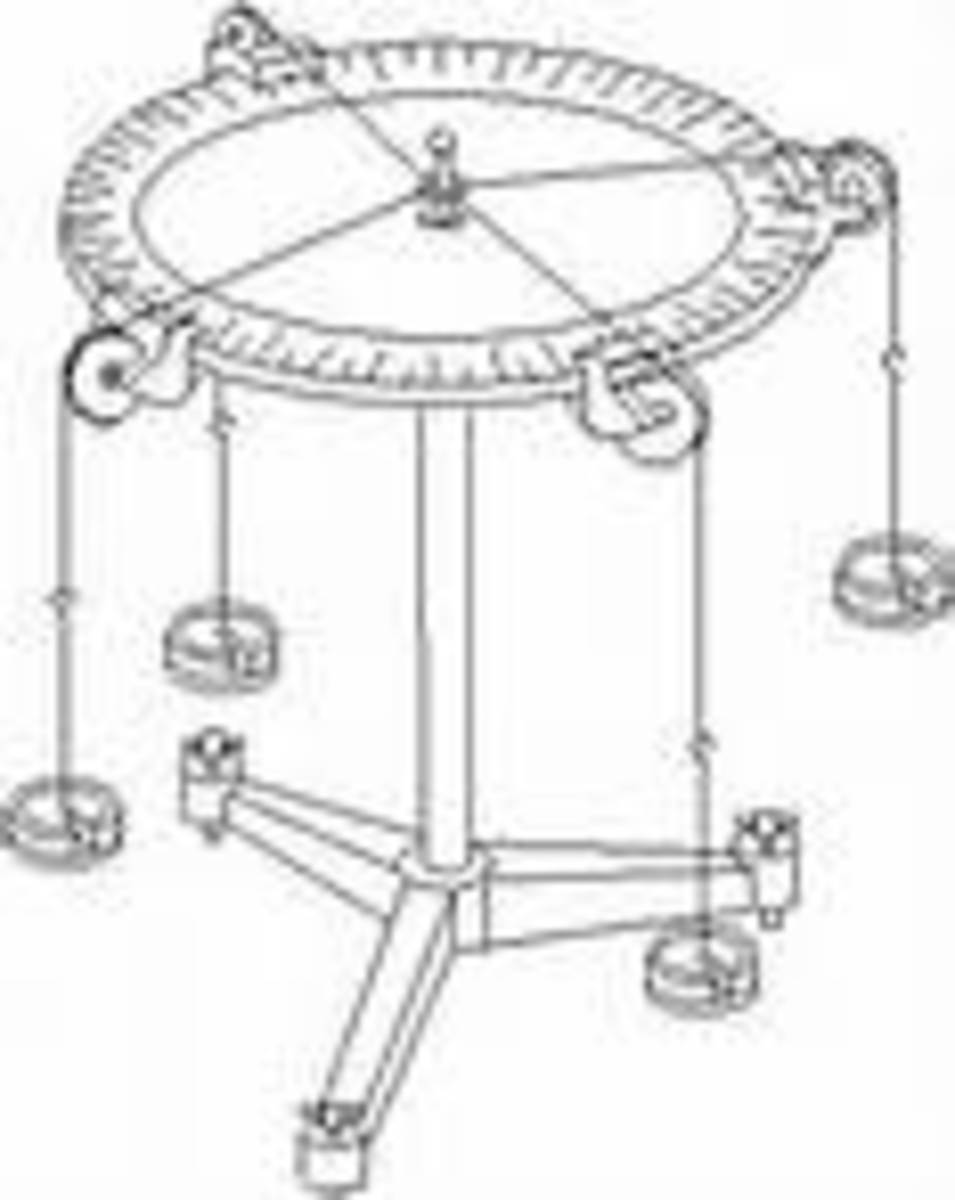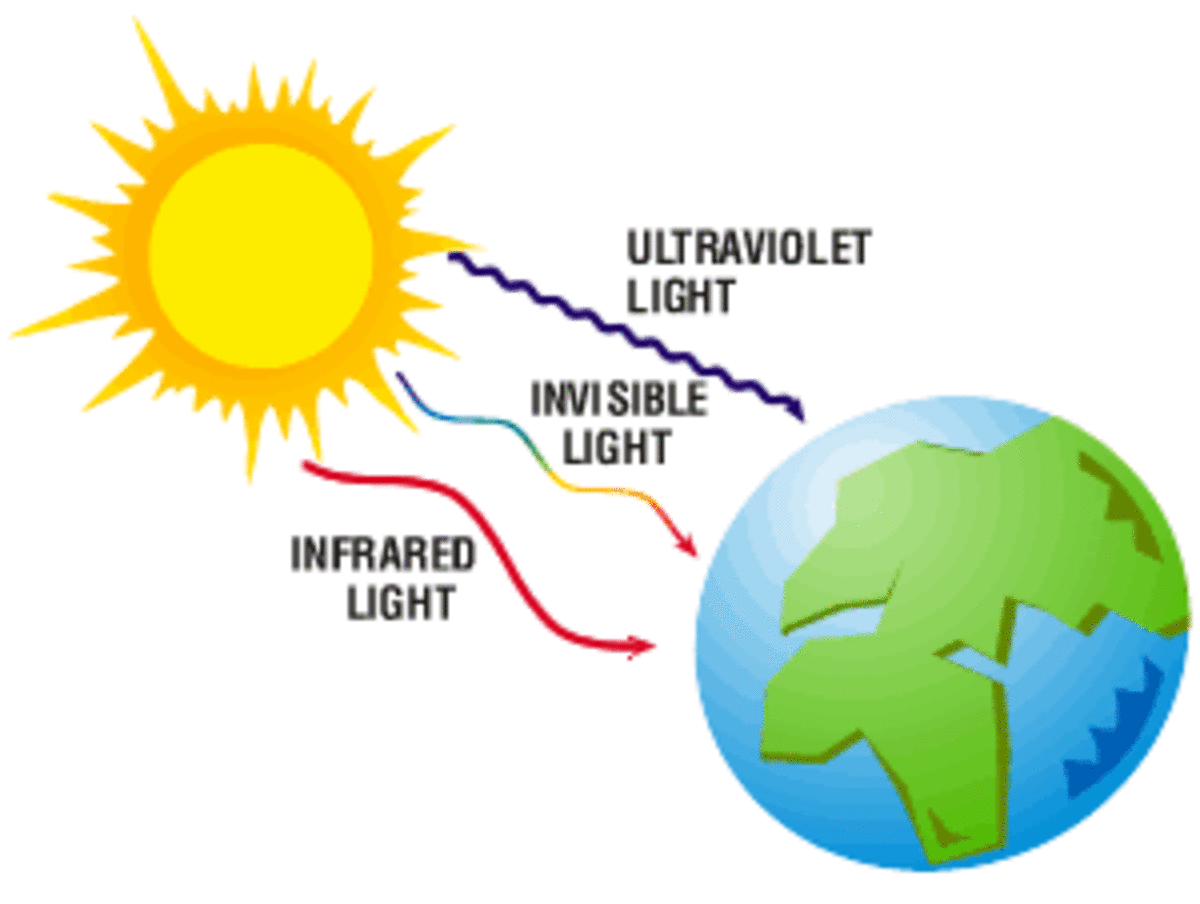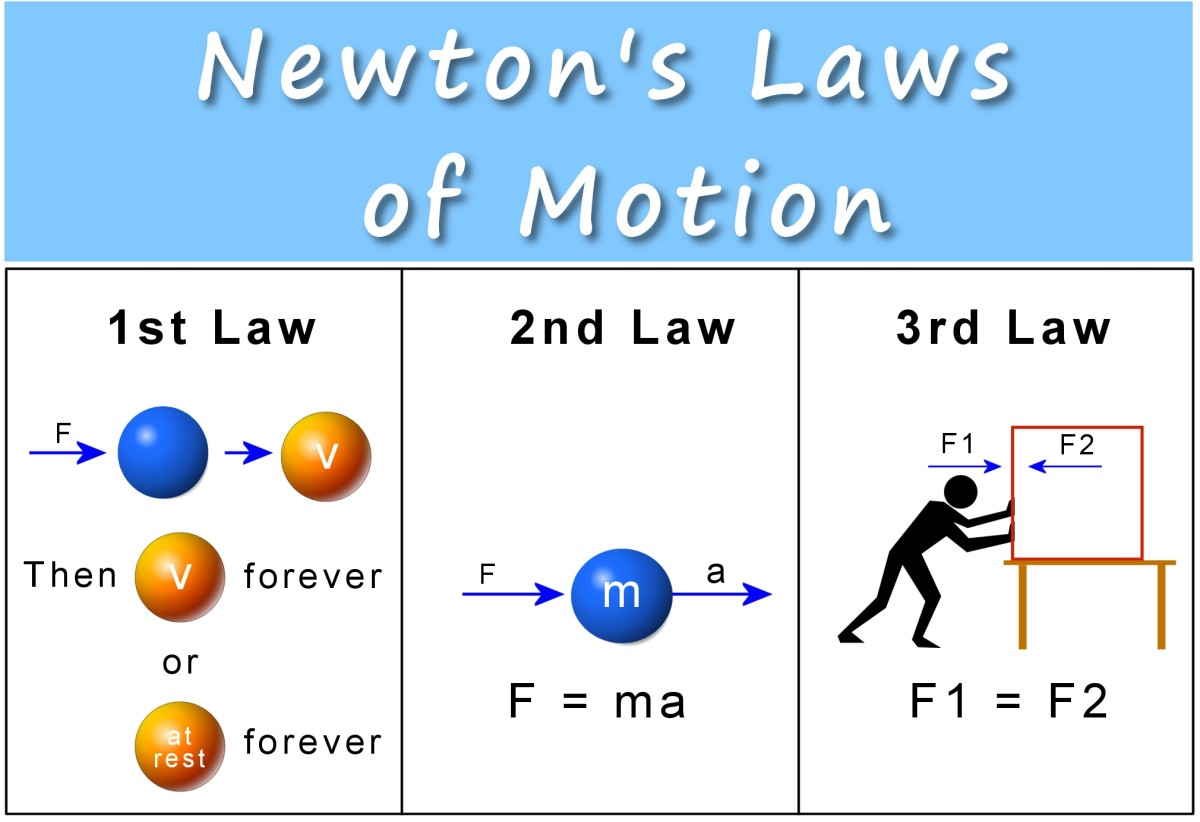How to Calculate Momentum in Physics
In everyday life, people use the term ‘momentum’ to speak of both abstract and physical things. Here’s an example: “We need to maintain the momentum of our business.” … or, “That 18 wheeler has some serious momentum!”
Something has to be ‘moving’ to have momentum, and in Physics that something has to be physical. So to calculate the momentum of a business wouldn't be practical in the realm of Physics, but for an 18-wheeler screaming down a highway -- absolutely! Momentum is directly related to Isaac Newton’s 2nd law of motion where he says that the rate of change in momentum of a body is directly proportional to the external force that causes it. Therefore:
F=p/t, where F = Force, p = change in momentum and t = time
From that principle, we can break it down even further to say that:
Momentum = mass * velocity
p = mv
In short, the momentum of a body is the product of the mass of the body and the velocity which it possesses.

Calculating momentum of moving trailer
Take for instance, an 18 wheeler of mass 32,000 kg is travelling at 22 m/s. The trailer's momentum would be:
p = mv
= 32,000 kg * 22 m/s
= 704,000 kgm/s
Take note that the unit of momentum (p) is the kilogram meter per second (kgm/s)
Calculating momentum of parked trailer
So since we said that a body has momentum only if its moving, then that is the same as saying a body has no momentum at all once it’s stationary or at rest.
When the trailer is parked, we can safely say (even without calculations) that its momentum is 0 kgm/s.
If its parked, then it’s not moving and has a velocity of 0 m/s. It’s mass is the same whether or not it is parked or moving.
Therefore, momentum of trailer when parked is:
p = mv
= 32,000 kg * 0kgm/s
= 0 kgm/s
Calculating the change in momentum
What if we say that while the trailer was on a highway, it increased its speed from 22 m/s to 54 m/s. What is the change in momentum?
Change in momentum = final momentum - initial momentum
The initial momentum is related to the initial velocity (u) of 22 m/s, whereas the final momentum is related to the final velocity (v) of 54 m/s.
Therefore:
Δp = mv-mu
= (32,000 kg * 54 m/s) - 704,000 kgm/s
= (1,728,000 - 704,000) kgm/s
= 1,204,000 kgm/s
Calculating the rate of change of momentum
If the trailer takes 20 seconds to change it’s speed from 22 m/s to 54 m/s, then what would be the rate of change of momentum of the trailer?
Remember from the beginning, we mentioned that the rate of change of momentum is:
Δp/t
Therefore p is:
= 1,204,000 kgm/s / 20 s
= 512,000 kgm/s2
Be careful with the units for rate of change of momentum and momentum. They are often confused!
The unit for rate of change of momentum is the: kilogram meter per second squared (kgm/s2)
One final thing to make note of: If you were paying attention, then you will also realize that the rate of change of momentum is also equal to the force that caused the change in momentum in the first place. This means that the Force of the Trailer in those 20 seconds was 512,000 kgm/s2 or more simply, in honor of Isaac Newton, 512,000 Newtons.
Momentum is a another mechanical way to describe the motion of bodies on a macro level. In this case, we've looked at the linear momentum of bodies with the example of an 18 wheeler. It can be a treat to make simple calculations of the momentum of different bodies and compare them -- even your own personal bodily momentum! Furthermore, you can calculate the Force of a body by calculating the body’s rate of change of momentum.


